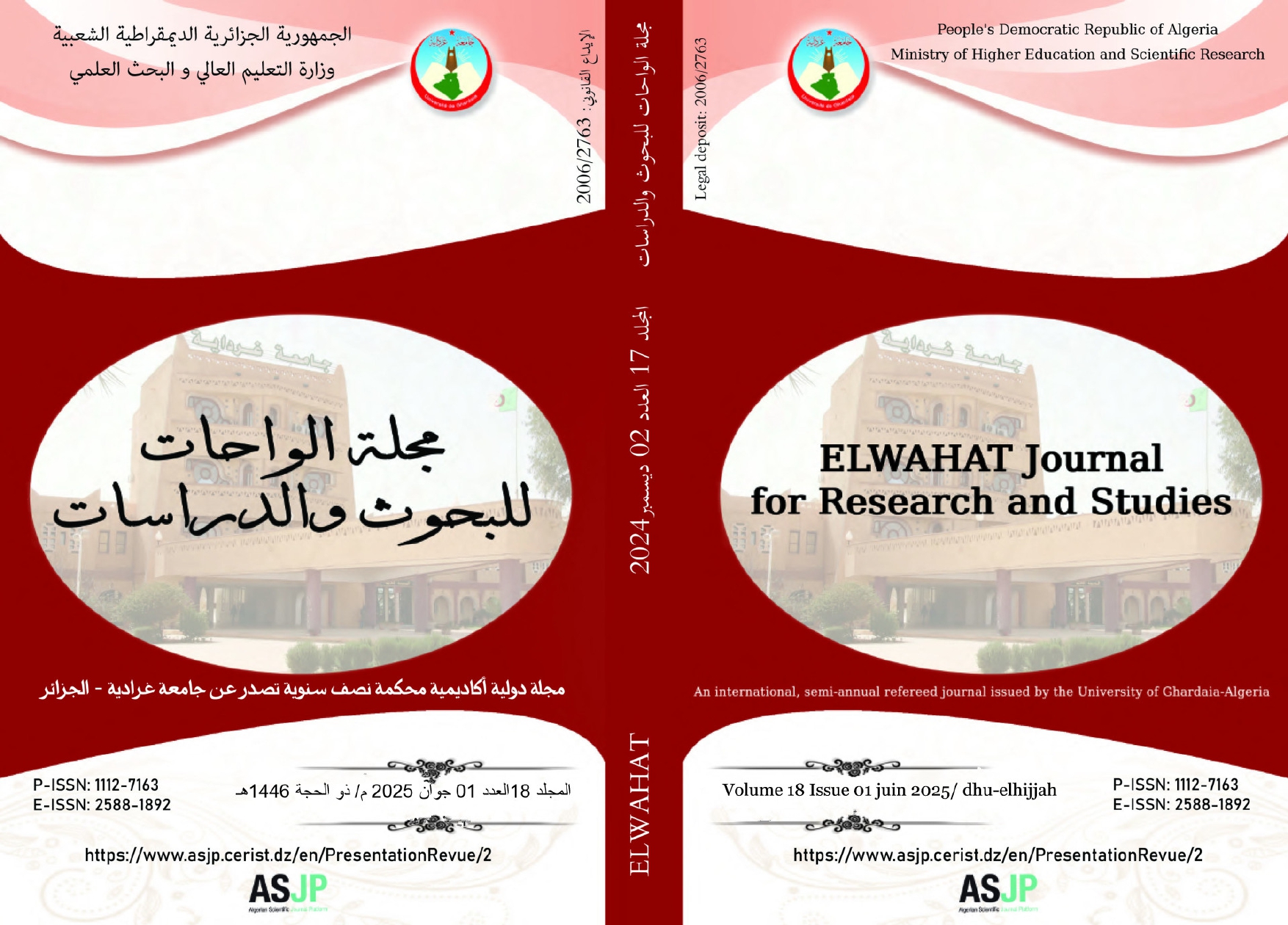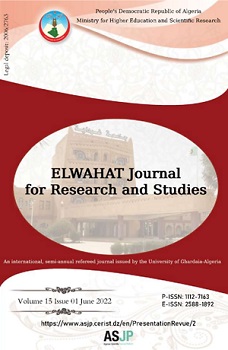أسرة ذوي الإحتياجات الخاصة بين الواقع العلائقي و واقع التكفل -دراسة حالة لأسرة مصاب بإعاقة متعددة-
DOI:
https://doi.org/10.54246/pe9mqg12Abstract
The Family Is The Primary Social Unit Characterized By Organized
And Continuous Dynamics Through Its Multiple Functions, Which Ensure Effective Mobility. The Present Study Aims To Examine The Families Of Individuals With Cerebral Palsy And Exp Lore How The Presence Of An Individual With Cerebral Palsy Affects The Family Structure And The Ways In Which The Family Adapts To The Reality Of Caring For The Affected Individual .
The Study Sample Consisted Of Families With Adolescents Diagnosed With Cerebral Palsy Who Were Enrolled At The Pedagogical Center For Psychological And Orthophonic Care For Children With Autism And Motor Disabilities In The Wilaya Of Oum El Bouaghi. The Sample Was Selected Purposively, Ensuring That The Adolescent Lived With Both Parents, Who Were Not Separated, Under The Same Roof And That The Adolescent Was Not An Only Child Within The Family.
A Clinical Method Was Adopted Using A Systemic-Structural Approach To Study The Family Structure Of Individuals With Cerebral Palsy And To Understand How This Structure Is Organized Within Its Relational And Historical Context. The Structural Approach Of S. Minuchin Guided The Methodology, Utilizing Tools Such As Clinical Interviews, The Genogram, And The Family Record Additionally, To Assess The Effectiveness Of The Relationship Between The Family System And The Support System Within Society
Key Words: Special Needs – Cerebral Palsy – Care – Family .






